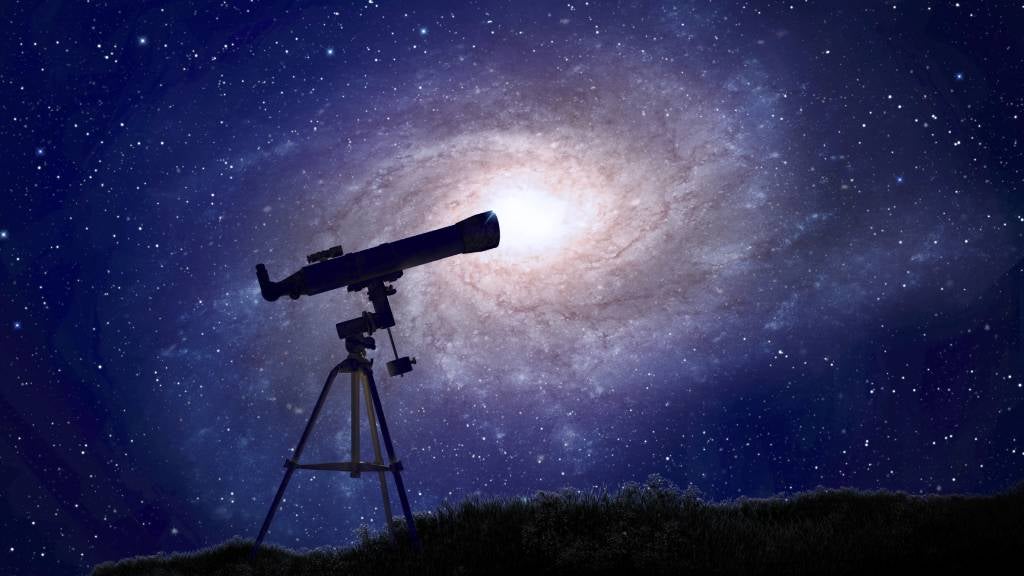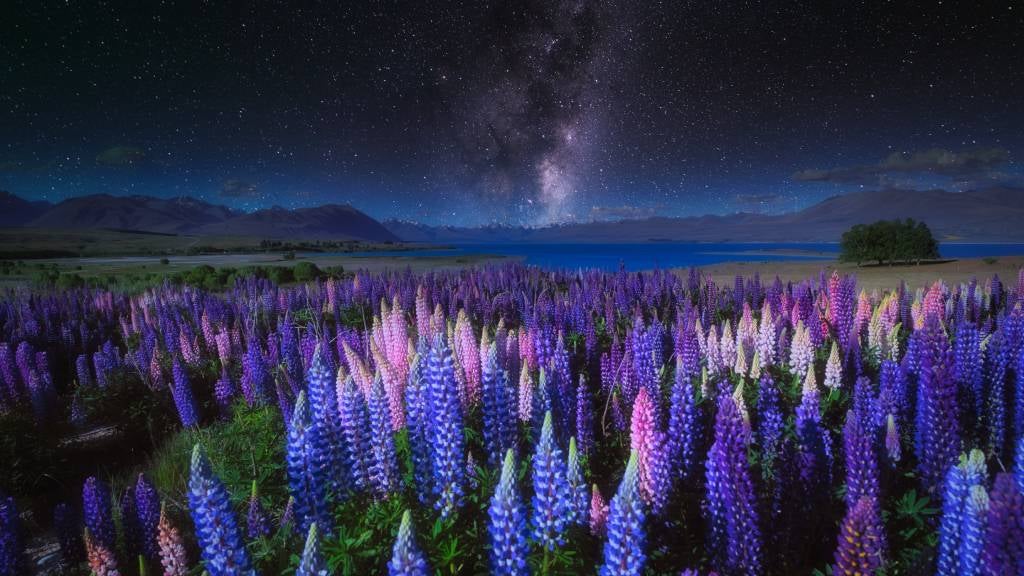The ultimate guide to stargazing [Checklist]

There’s something quite magical about lying back on a dark night and gazing at the stars.
Many cultures across the globe have been fascinated by this for thousands of years, and we’re fortunate enough in New Zealand to be able to enjoy quality star gazing across the country thanks to our relatively low levels of light pollution.
Not sure where to start? We’ve got you.
Download your free New Zealand stargazing guide
Understanding astronomical events
Let’s start with a few of the major astronomical events that get everyone from professional astronomers to amateur stargazers all excited.
Meteor Showers
A meteor is when a space rock falls to Earth, but the friction of our atmosphere makes it so incredibly hot that it creates a glowing streak of hot air.
A meteor shower is when many of meteors fall to Earth all at once, and are otherwise known as ‘shooting stars’.
One of the best parts of meteor showers is that you don’t need any fancy equipment to see them, as they are bright enough to view with our own eyes. That’s why it’s one of the best free things to do with grandkids any (cloud-free) night of the week!
Eclipses

An eclipse is when one celestial body moves into the shadow of another. Which means you can have either a solar or lunar eclipse.
A solar eclipse is when the moon moves between the Sun and the Earth, so the Moon blocks the light of the Sun. In this case, you can be standing in the shadow of the Moon as you look up to the Sun.
You will need eclipse glasses or a solar viewer to look at this phenomenon, because staring directly at the Sun can permanently damage your eyesight.
A lunar eclipse, on the other hand, is when Earth moves between the Sun and the moon and therefore blocks the sunlight that is usually reflected by the Moon. This can only occur when the Moon is full, and can be seen from Earth at night time.
Planetary alignments
A planetary alignment is when more than one planet appears on the same side of the Sun at the same time. Contrary to popular belief, it is not when they all line up in a perfectly neat line from the sun – but rather something of an optical illusion that makes it look like they are all in a rough line.
So essentially, when we look up from Earth, it looks like some planets are in a neat line in the sky, even if they are actually billions of miles away from one another and only lined up from our perspective.
Even so, it looks pretty amazing.
Equipment essentials

A telescope is the biggest essential you’ll need for stargazing, as it unveils what we cannot see with the naked eye. A Celestron's AstroMaster 130EQ telescope is a good example of a beginner telescope, as it is easy to use and comes with its own tripod.
You might also like to use a finderscope, which is an item that attaches to your telescope and makes it significantly easier to find celestial objects. If you’ve ever looked through binoculars and struggled to find the thing you want to look at because you’re so zoomed in, you’ll understand why a finderscope – which has a wider field of view – helps to make this task easier with a telescope.
For those who don’t own a telescope, there’s still plenty to see with your own eyes! You can download stargazing apps such as Stellarium Mobile, which tells you exactly what you’re looking at just by pointing your phone at the sky.
Finally, don’t forget a cosy blanket, warm clothes, snacks and water to keep you comfortable during your stargazing.
Best places to stargaze

Tekapo
Tekapo is home to Tekapo Springs Star Gazing and the Dark Sky Project which is the world’s largest gold-status night sky reserve. It’s also home to the Mt John Observatory, where anyone can visit to view the skies with the help of a guided tour and world-class telescope.
Stewart Island
Head south to Stewart Island and its Dark Sky Sanctuary for crystal clear skies thanks to virtually zero light pollution. It’s one of the southernmost stargazing hotspots in the world, and therefore one of the best to view the Aurora Australis.
Stonehenge Aotearoa
This open-air astronomical observatory is set in the beautiful Wairarapa, where you can enjoy a replica of the real Stonehenge, set against a spectacular night sky. Opt for a guided night tour to learn about navigating the solar system and about this incredible location itself.
Get covered as you explore the cosmos
Staring up into the stars and marvelling over the universe can quickly make a person feel small. But while you’re off exploring the cosmos and pondering the big questions, don’t forget to protect what matters most in your own world.
Seniors Life Insurance from New Zealand Seniors can protect you and your loved ones with cover should the worst occur. Take a moment to request a quote so you can get back to your stargazing in peace.
29 Aug 2023